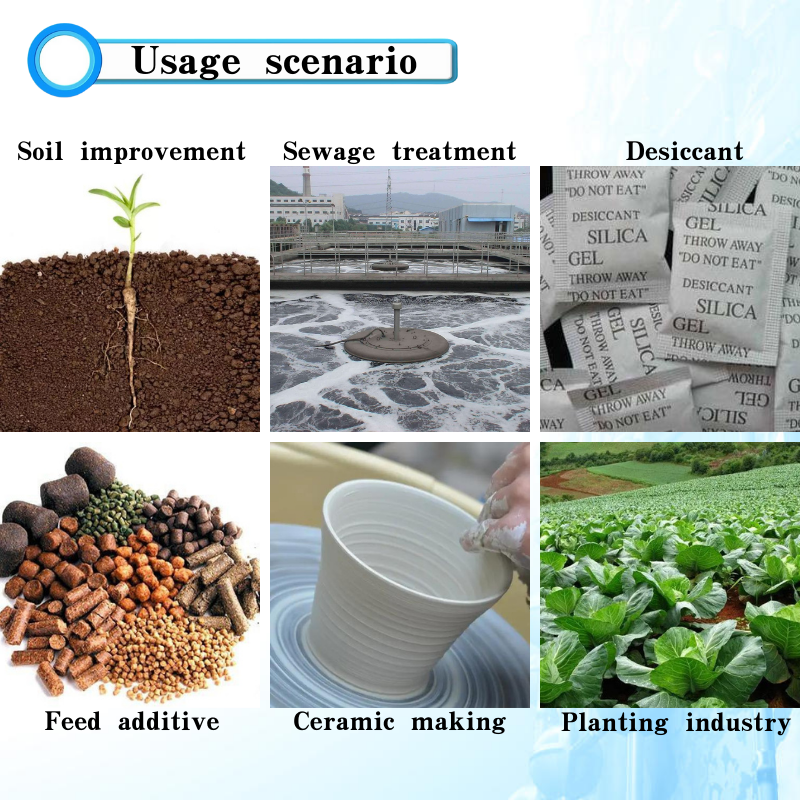
activated carbon aquarium
Activated Carbon in Aquariums The Key to Crystal Clear Water
When it comes to maintaining a healthy aquatic environment, one of the most essential components for any aquarium enthusiast is activated carbon. This remarkable substance has been used for decades in various applications, including water purification, air filtration, and even medical usage. In the context of aquarium care, activated carbon plays a crucial role in ensuring the clarity and quality of the water, which directly impacts the well-being of fish and other aquatic life.
Activated Carbon in Aquariums The Key to Crystal Clear Water
One of the most significant benefits of using activated carbon in an aquarium is its ability to remove chlorine and chloramine, two common disinfectants found in tap water. These chemicals can be harmful to fish and other aquatic organisms, and using activated carbon ensures that they are effectively eliminated from the water. Additionally, activated carbon helps in removing medications used during illness, ensuring that the water conditions return to normal as soon as possible after treatment.
activated carbon aquarium

In terms of application, activated carbon is typically packaged in bags or cartridges and can be placed in various locations throughout the aquarium. Many aquarium filtration systems come equipped with a compartment specifically designed for activated carbon, making it easy for hobbyists to incorporate it into their routine maintenance. It's essential to note that activated carbon should be rinsed thoroughly before being added to the tank to remove any residual dust or particles that may cloud the water.
Despite its impressive filtration capabilities, activated carbon is not a complete solution for maintaining water quality. While it excels at removing certain types of impurities, it does not eliminate ammonia, nitrites, or nitrates, which are critical to monitor and manage. Therefore, it is important to use activated carbon in conjunction with regular water testing and the use of other filtration methods such as biofiltration and mechanical filtration.
Another crucial consideration when using activated carbon is the timing of replacement. Over time, activated carbon becomes saturated with contaminants and loses its effectiveness. It is generally recommended to replace it every 4 to 6 weeks, but this can vary based on the size of the aquarium and the bioload within it. Regular monitoring of water clarity and quality will help determine the best replacement schedule.
In conclusion, activated carbon is an indispensable tool for any aquarium owner seeking to maintain a pristine aquatic environment. Its ability to adsorb impurities, remove harmful chemicals, and contribute to the overall health of the aquarium ecosystem cannot be overstated. By integrating activated carbon into your aquarium maintenance routine, you will be taking a significant step toward achieving a thriving habitat for your fish and other aquatic life. With proper care and attention, your aquarium can flourish, providing a beautiful and vibrant underwater world.
Share
-
Premium Pigment Supplier Custom Solutions & Bulk OrdersNewsMay.30,2025
-
Top China Slag Fly Ash Manufacturer OEM Factory SolutionsNewsMay.30,2025
-
Natural Lava Rock & Pumice for Landscaping Durable Volcanic SolutionsNewsMay.30,2025
-
Custom Micro Silica Fume Powder Manufacturers High-Purity SolutionsNewsMay.29,2025
-
Custom Mica Powder Pigment Manufacturers Vibrant Colors & Bulk OrdersNewsMay.29,2025
-
Custom Micro Silica Fume Powder Manufacturers Premium QualityNewsMay.29,2025






